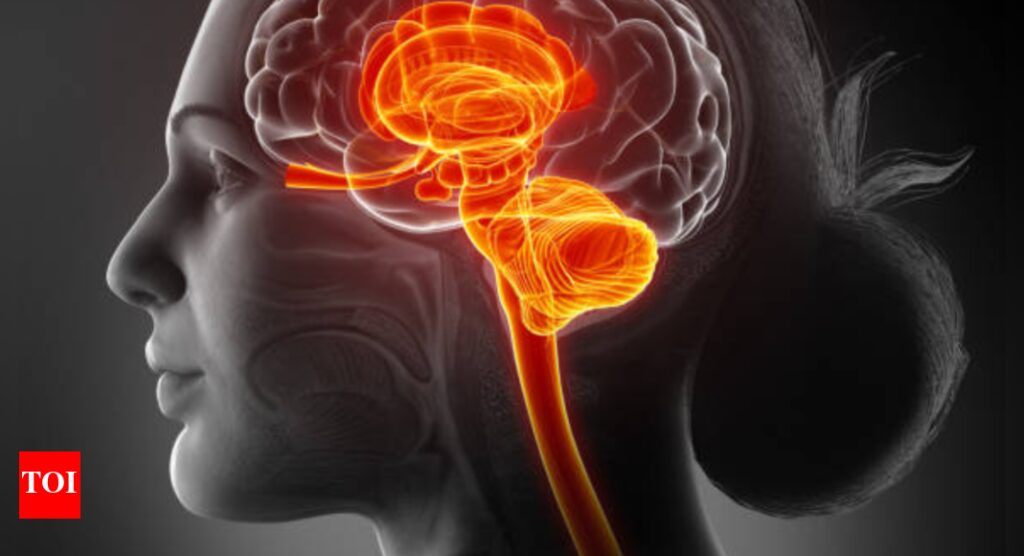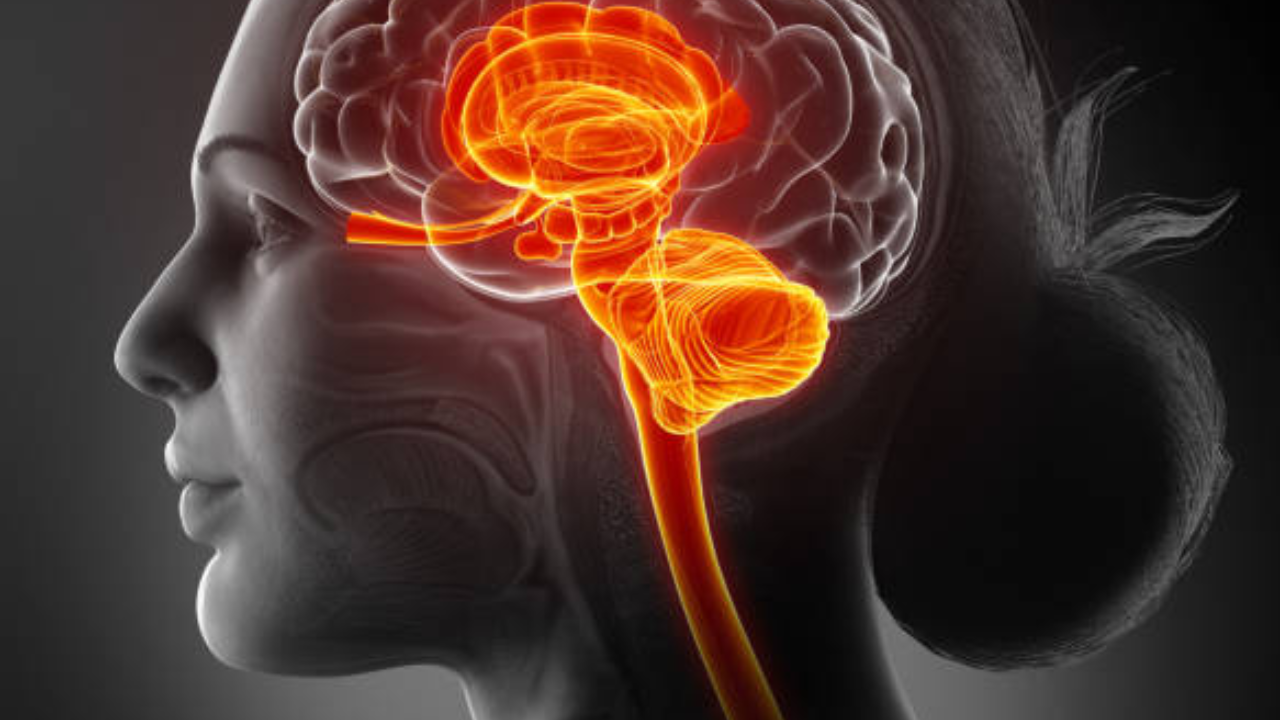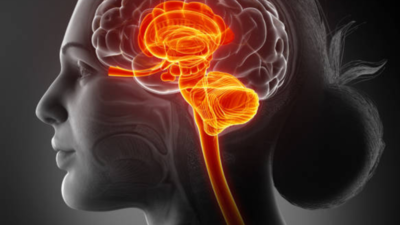What happens to a woman’s brain after sexual assault |

About 17% to 25% of women undergo a sexual assault worldwide. Scientists have now found that such an ordeal drastically affects the brain. 70% of the women who suffered a sexual assault develop PTSD (Post-Traumatic Stress Disorder). A new study led by Spanish scientists found that, in women who suffered sexual assault and later developed PTSD, crucial brain regions lose the ability to synchronize. This observational study was presented at the ECNP conference in Amsterdam.
How sexual assault alters the survivor’s brain

Human Brain
Scientists have found that women who develop PTSD following sexual assault may experience a significant reduction in the usual communication between two important brain areas involved in processing and control of emotions, the amygdala and the pre-frontal cortex. Shockingly, this lack of synchronization can drop to near zero in some women. Previous studies have explored how PTSD after natural disasters, accidents, or war changes how the brain communicates. Spanish scientists have now found that sexual assault can lead to similar brain changes.
What is PTSD?

Post-traumatic stress disorder (PTSD) is a mental health condition that people who have experienced or witnessed a traumatic or frightening event develop. It could be events such as a natural disaster, a serious accident or assault, a terrorist act or military combat, or those who have been threatened with death, sexual violence, or injury. Such events cause stress that can affect all aspects of a person’s life, including their mental, emotional, and physical well-being
The study
The researchers analyzed 40 women with PTSD as a result of recent sexual assault trauma (within the past year), recruited from the Hospital Clinic of Barcelona, along with a matched control group. They underwent brain scans (via resting-state functional MRI), and the researchers observed brain connectivity and how it’s linked to depressive and PTSD symptoms. Resting-state fMRI measures how different brain areas communicate with each other.“PTSD following sexual assault tends to be especially severe and is often accompanied by higher rates of depression, anxiety, and suicidal thoughts. Despite sexual violence being one of the most widespread forms of trauma affecting women, most research on PTSD has focused on other types of trauma, such as war. This is one of the first, and certainly the largest, connectivity studies to look at PTSD in sexual assault in teenagers and adult women,” lead researcher, Dr Lydia Fortea (of the Hospital Clinic, Barcelona) said in a statement.
The findings

The researchers looked at how key brain regions involved in fear and emotion regulation synchronize with the rest of the brain. They focused on the fronto-limbic system, which plays a crucial role in regulating emotions and responding to threats.“We found that in 22 of the 40 women with PTSD following a recent sexual assault, communication between the amygdala and the prefrontal cortex was effectively lost, dropping to zero or near zero. The amygdala helps process emotions like fear, and the prefrontal cortex helps control and regulate those emotions. When this connection weakens, the brain might struggle to manage fear responses or regulate emotions, which could explain why people with PTSD often experience intense fear and mood changes. However, we didn’t find that this brain change was directly linked to how severe their PTSD and depressive symptoms were. This suggests that while this brain difference might be a feature of the disorder itself, it’s not necessarily a sign of how bad the symptoms are; this is probably dependent on other factors,” Dr. Fortea added.
These findings support the understanding that PTSD post sexual assault is associated with problems in brain circuits that regulate emotion and fear. “One of the things we will do now is to see if these connectivity disruptions following a sexual assault could help to predict response to PTSD treatment. If so, we would be able to identify early which patients are at risk of worse outcomes and intensify clinical efforts to help them recover. So far, this is a study of 40 women, but the work is ongoing. We need more studies to confirm the findings.”Dr Marin Jukić (from the Karolinska Institute, Stockholm, and the University of Belgrade, Serbia), added, “This study demonstrates profound fronto-limbic dysconnectivity in women with PTSD following sexual assault, a population historically underrepresented in brain connectivity research. The finding that amygdala–prefrontal communication can drop to near zero underscores the severity of circuit-level disruptions in emotional regulation networks after trauma. Notably, the absence of a direct correlation with symptom severity suggests that these connectivity deficits may serve more as a biological signature of the disorder rather than a state-dependent marker. This raises the possibility that such disruptions could become predictive biomarkers for treatment response, guiding personalized interventions. However, larger longitudinal studies are needed to determine how these neural patterns evolve and whether targeted therapies can ameliorate connectivity”.Dr Jukić was not involved in this work.







